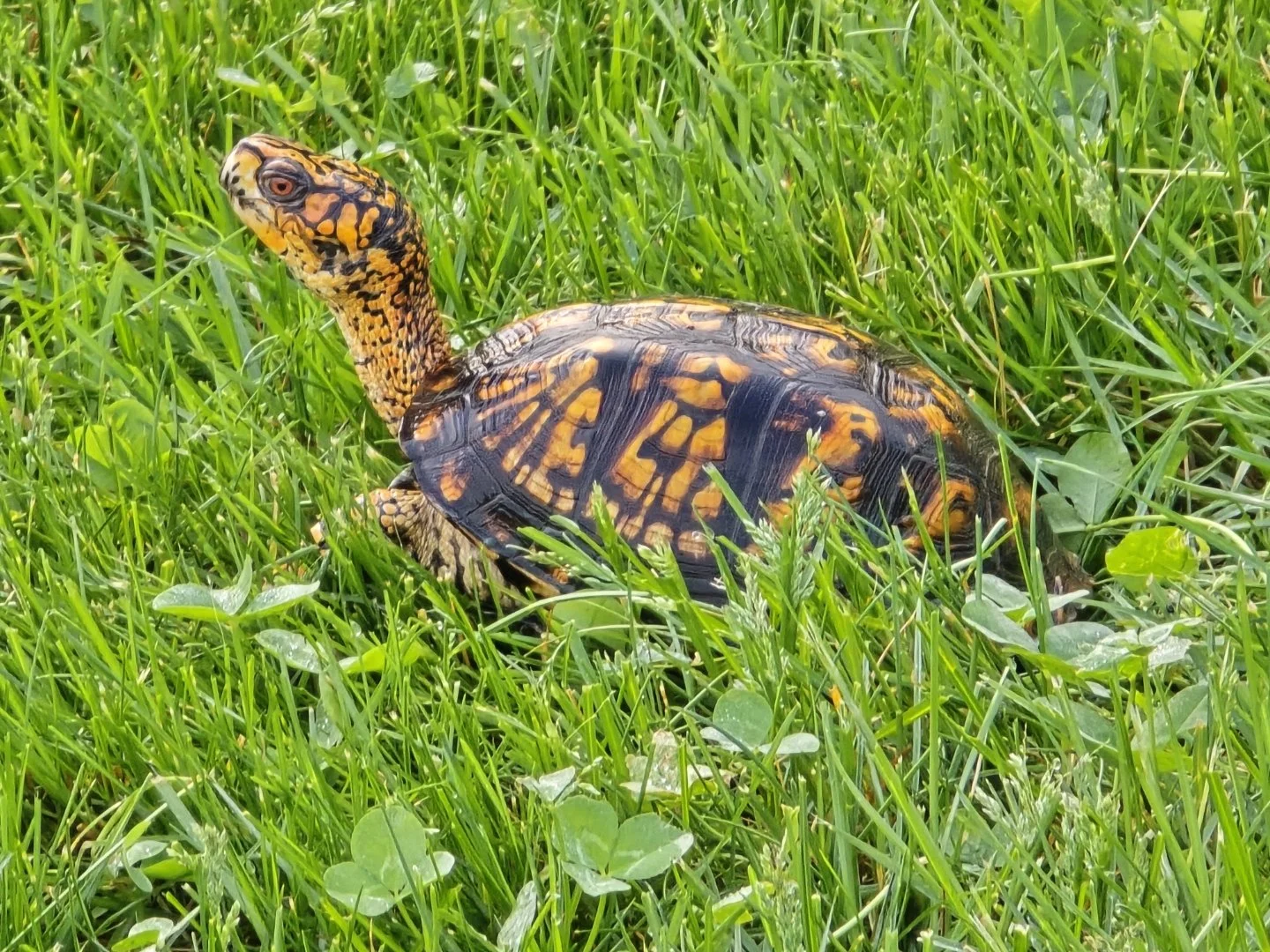Wildlife Watching Wednesday: The Fish-Eating Common Merganser
By: Tom Berg
Mergansers are diving ducks – not dabbling ducks like mallards, teal and pintails that feed at or near the surface of the water. Dabbling ducks dip their heads underwater to nibble on submerged plants and capture aquatic insects, while the different species of mergansers dive deeper in search of minnows and other small fish.
There are actually three species of mergansers in North America: hooded mergansers, red-breasted mergansers and common mergansers. The common mergansers are easily identified by their distinctive plumage. Adult males have a bright white body with a black back, and an unforgettable iridescent green head. Females have a dull gray body and a cinnamon-colored head. Both sexes have a reddish-orange bill.
As mentioned, common mergansers are diving ducks, and they dive underwater to catch small fish to eat. Their serrated bills help them hold onto the slippery fish. Minnows, chubs, perch and sunfish are some of their favorite foods. They also eat aquatic insects. If their lake or river has an abundant population of crayfish, they are more than happy to add those crustaceans to the menu, too.
Common mergansers spend much of the non-breeding season in the central section of the United States, all the way from one coast to the other. In the late winter or very early spring they begin migrating north to their breeding grounds in Canada and Alaska. Some populations of common mergansers spend all of their time in the mountains of the western USA and the Pacific Northwest and breed there, too.
The female of the species chooses the nest site, and it is usually a natural hole or cavity in a tree. Old woodpecker holes are perfectly acceptable to them, as long as the hole is large enough for them to enter. Once the baby mergansers hatch, they typically leave the nest within 1-2 days. They jump from the nest hole and land on the forest floor below, then follow their mother to water.
When the baby common mergansers reach the water they are able to find their own food right away. They start by eating aquatic invertebrates like worms, snails, mussels and aquatic insects. In less than two weeks they will be diving for small minnows, just like their parents!
Have you had a great outdoor experience? Join Global Outdoors and write a review to tell everyone about it! We’re building the home for trusted reviews of outdoor experiences, outfitters, and guides.


